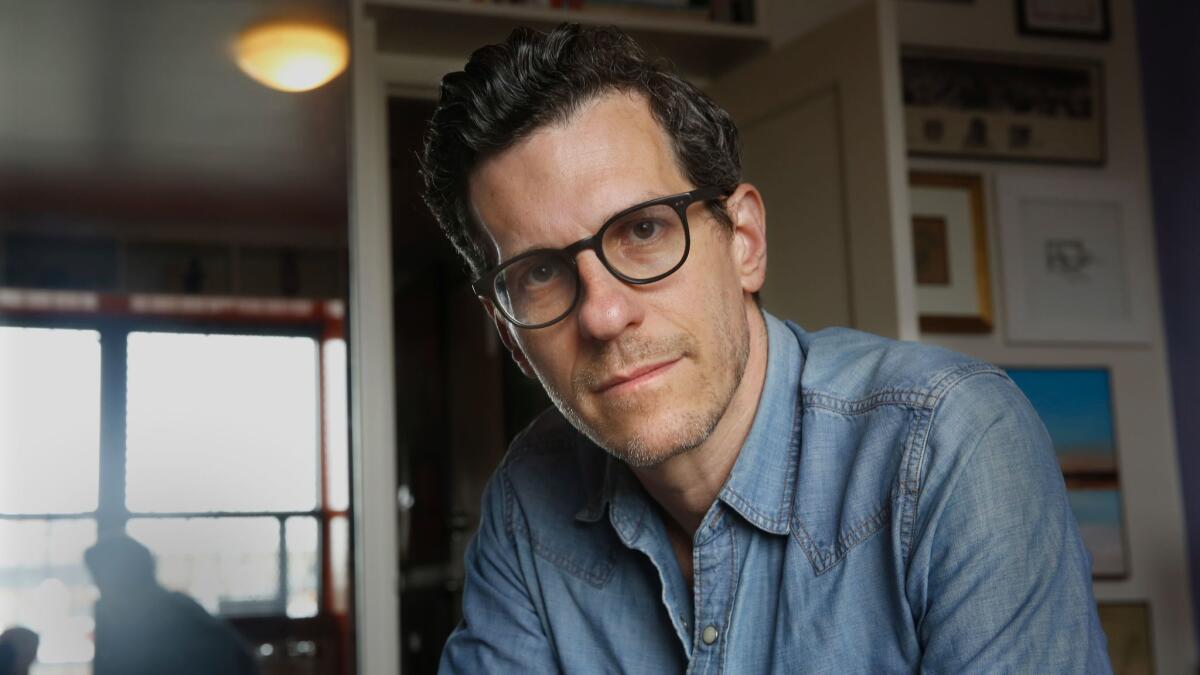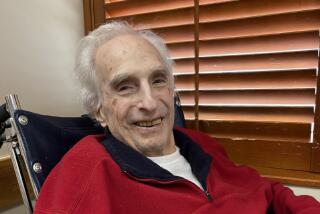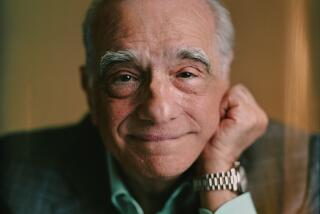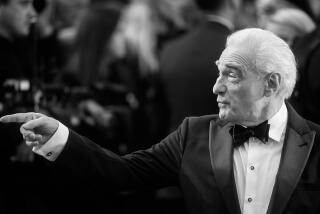Brian Selznick: The author who inspired Martin Scorsese and Todd Haynes to make family films

Shortly before the 2012 Academy Awards, costume designer Sandy Powell was spending the night at author Brian Selznick’s La Jolla home. Powell, a three-time Oscar-winner, had earned a nomination for her work on “Hugo,” Martin Scorsese’s adaptation of Selznick’s lovely picture novel, “The Invention of Hugo Cabret,” and the two artists had become friends making the movie.
Around bedtime, Powell eyed the air mattress Selznick had set up for her in his home studio and decided, instead, to read a book, landing on a copy of “Wonderstruck,” Selznick’s follow-up to “Hugo.” The next morning, she told Selznick that he had source material for another movie, and she knew exactly who should direct it: Todd Haynes.
FULL COVERAGE: Fall 2017 movie preview »

The trailer for Todd Haynes ‘“Wonderstruck.”
Selznick was too polite to tell Powell what was in his head, namely, that she was nuts. He loved Haynes’ movies, going back to “Poison,” his 1991 debut now considered a landmark of the New Queer Cinema. But on first glance, despite a surprising career that has hopscotched between genres (“Far From Heaven,” “I’m Not There”) Haynes didn’t seem right for a family film.
Then again, Selznick never imagined “Wonderstruck” could be made into a movie by anyone.
The illustrated novel toggles between two interlocking tales. One, set in 1927 and revealed entirely in pictures, tells the story of a young deaf girl who runs away from home to meet a silent film star. The other, taking place 50 years later, follows a 12-year-old boy who’s also deaf (the result of a recent freak accident), also a runaway and also looking for someone out of reach — in this case, the father he has never met.
“I could never imagine a movie being made from the way I had structured the book,” Selznick says, laughing, during a phone conversation from his Brooklyn home. (He splits time between coasts with his husband, a professor at UC San Diego.)
And yet it was, with Haynes not only fulfilling Powell’s prediction and directing, but Selznick writing the screenplay himself.
Selznick originally asked “Hugo” screenwriter John Logan to take a crack at adapting “Wonderstruck.” Logan encouraged Selznick to do it himself. Logan offered advice (use Final Draft screenwriting software; don’t show it to anyone else until you’re finished) and gave a few valuable notes about compressing characters and events and establishing point-of-view.
When Selznick finished, Powell gave it to Haynes.
“It was cinematic in ways that went beyond an illustrator’s perspective,” Haynes says, “and the way he cut from one story to the next really took into account the medium. You could tell this was the astute work of a real cineaste, not to mention someone who possessed an innate understanding of children and the deaf world.”
The finished film, which premiered to strong reviews at Cannes in May, begins as a puzzle, asking audiences to make the connections between the two stories. There’s about an hour where there’s barely any spoken dialogue, just the two children having adventures and solving problems.
“It still feels miraculous that we made it this way without compromising the story,” Selznick says. “But everything has felt miraculous since I got that first phone call saying Martin Scorsese wants to make a movie out of ‘Hugo.’ I recognize how lucky I am.”
This story is part of The Times’ fall 2017 movie preview. Check out the complete coverage here.
Twitter: @glennwhipp
ALSO:
Every single movie coming out this fall
Angela Robinson on the origin story of ‘Professor Marston and the Wonder Women’
Billie Jean King and Emma Stone on ‘Battle of the Sexes’ and the enduring fight for equality
More to Read
Only good movies
Get the Indie Focus newsletter, Mark Olsen's weekly guide to the world of cinema.
You may occasionally receive promotional content from the Los Angeles Times.










